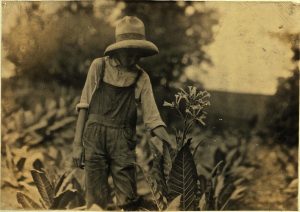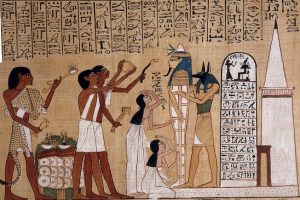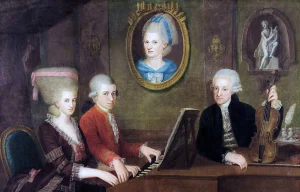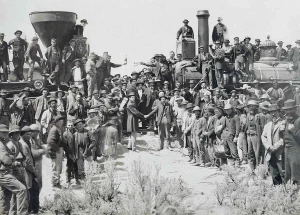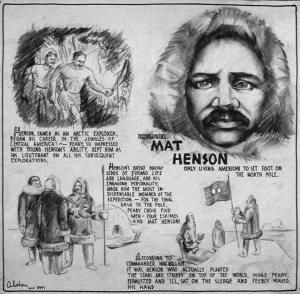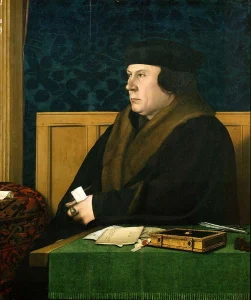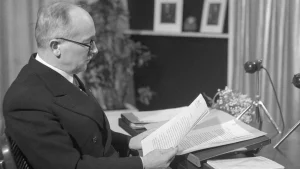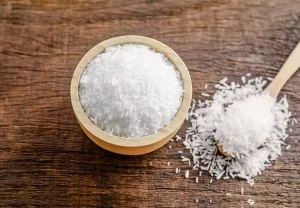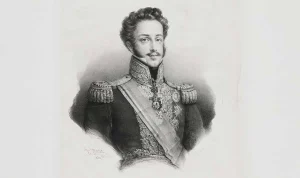In the haze of tropical dawn, long before modern borders split the world into nations, sails appeared on the horizon off the coast of Tamilakam. These were not local fishing boats or coastal traders. Their hulls were foreign, their crews sunburned and strange-tongued, their cargo holds filled with amphorae and Roman silver. They had come from the distant Mediterranean, braving the vast Arabian Sea, drawn not by conquest—but by trade.
This was the Roman-Tamil connection. A thriving, cross-cultural exchange that stretched across oceans and centuries. It was not built by emperors or generals, but by merchants—driven by the promise of pepper, pearls, and profit.
By the first century CE, Rome was at the height of its power. Its emperors ruled lands from Britain to Egypt, and its people hungered for luxury. Eastern spices, exotic silks, fragrant incense, and glittering gems poured into the imperial heartland, feeding both the economy and the imagination of the Roman elite. At the center of this web of trade was India—particularly the southern kingdoms that lined the Coromandel and Malabar coasts.
The Tamils, whose lands lay along these shores, were not passive suppliers. They were organized, skilled, and enterprising. The great Sangam-era kingdoms—the Cholas, Cheras, and Pandyas—were not only warriors but traders, deeply embedded in maritime commerce. They understood the value of their position at the edge of the monsoon winds, perfectly situated between East and West.
Each summer, when the southwesterly monsoons blew across the Indian Ocean, Roman ships set sail from Egyptian ports like Berenice and Myos Hormos. Navigators followed the seasonal winds, guided by the Periplus of the Erythraean Sea—a Greek maritime handbook that mapped out the route to India. With favorable winds, the journey to Muziris—a bustling Tamil port, likely near modern-day Kerala—could take just over forty days.
There, the ships would anchor off the coast, greeted by traders, port officials, and tax collectors. Cargoes of Roman wine, coral, glassware, and gold coins were exchanged for Indian goods: black pepper by the ton, sandalwood, fine textiles, elephant tusks, and the most coveted item of all—pearls. The pearl fisheries of the Gulf of Mannar, between southern India and Sri Lanka, were legendary even in ancient times. Divers plunged into the sea with little more than a nose clip and a weighted stone, surfacing with oysters that might contain a pearl worth a year’s wages.
The Roman appetite for these luxuries was insatiable—and expensive. Roman coins, stamped with the images of emperors from Augustus to Nero, have been unearthed in hoards across Tamil Nadu. Pliny the Elder, writing in the 1st century CE, grumbled that India was draining the Roman treasury: “India, China, and Arabia take one hundred million sesterces from our empire every year. That is what our luxuries and women cost us.”
But it wasn’t just Rome that was transformed. The trade left a deep imprint on Tamil society, culture, and economy. The influx of gold spurred local craftsmanship. Tamil artisans mastered the working of fine jewelry, stone carving, and textile weaving. Urban centers grew rich on trade taxes. Ports like Muziris and Kaveripattinam became cosmopolitan hubs, where Tamil, Greek, Latin, and Aramaic might all be heard in the same marketplace.
More Stories
Archaeology confirms what ancient texts suggest. At Pattanam, a site near modern-day Kodungallur and widely identified with Muziris, excavators have uncovered Roman amphorae, Mediterranean glass, and even a Roman-style intaglio ring. At Alagankulam and Korkai, shards of Roman pottery lie scattered among Tamil artifacts. The Roman connection is not a legend—it’s etched in clay and stone.
This trade was not just economic—it was cultural. Alongside goods, ideas traveled too. Roman art influenced Tamil temple sculpture. Stories filtered across cultures. Even religion may have followed these maritime paths; early Christian communities appeared in Kerala, claiming origins from travelers who followed the same sea lanes as the Roman merchants.
And yet, like all golden ages, this too dimmed.
By the third century CE, the Roman Empire began to fray. Internal turmoil, inflation, invasions, and a tightening of eastern trade routes weakened the once-steady stream of ships to India. The volume of Roman coin hoards in Tamil lands drops dramatically after this period. Trade did not vanish, but it slowed—and it changed.
Other powers would rise—Islamic caliphates, Chinese dynasties, European empires—but the memory of the first great Indo-Roman exchange lingered in Tamil lore and legacy.
Pepper, that humble spice once measured in Roman silver, continued to shape the destiny of the region. For centuries, the Western world would chase its flavor—from Venetian merchants to Portuguese explorers—all following the same winds that once carried Roman ships to Tamil shores.
Today, the story of the Roman-Tamil trade is pieced together from coins, texts, pottery, and legend. It speaks of a world more connected than we imagine, of sailors who crossed seas for flavor and fortune, and of how a small black seed—pepper—once bound empires together.














